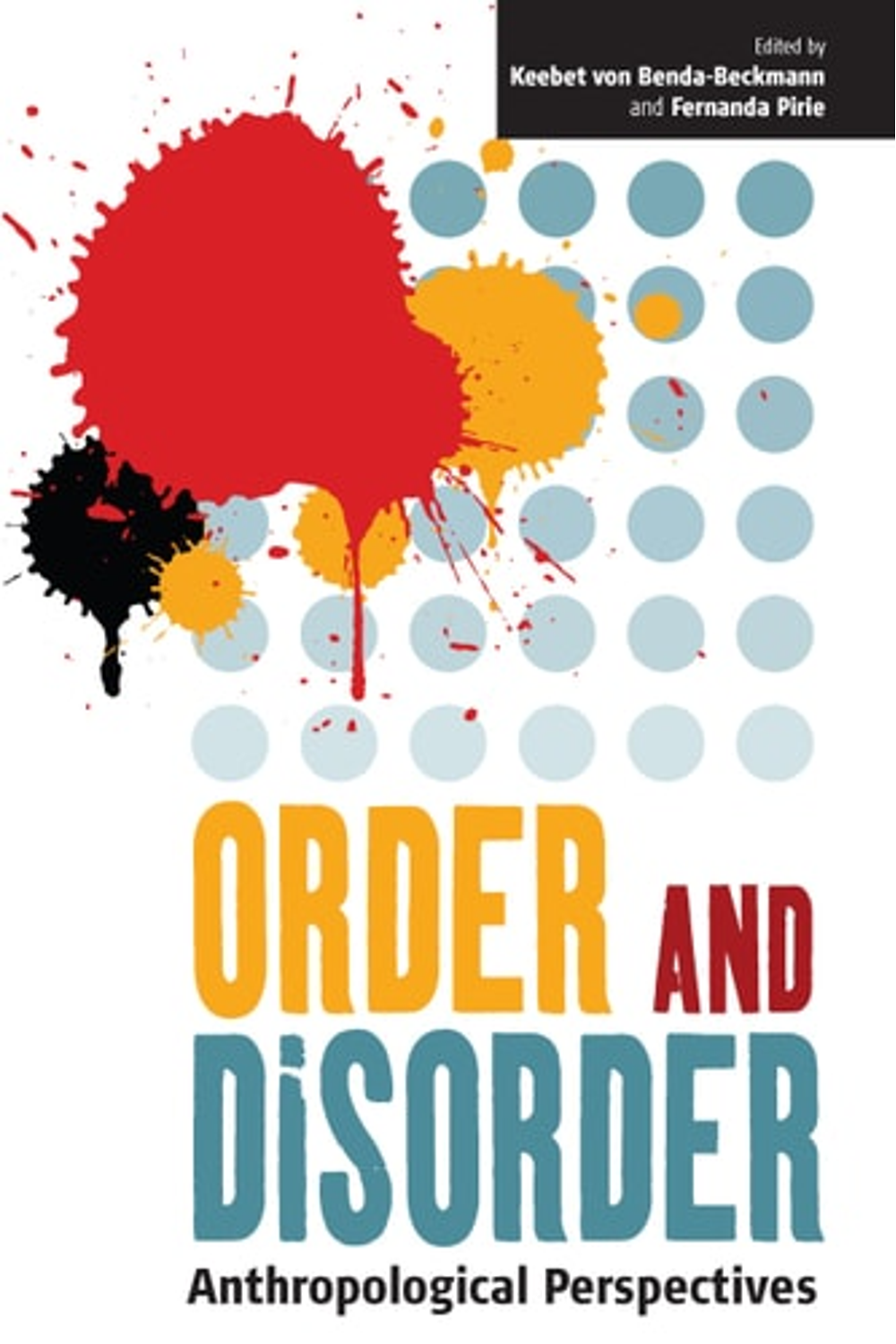Order and Disorder: Anthropological Perspectives,’ edited by Keebet von Benda-Beckmann and Fernanda Pirie, dissects the uneasy truce between societal stability and disruption. Published by Berghahn Books, this book isn’t just about chaos versus control; it’s a deep dive into how societies across the globe *define* and *manage* the very concepts of ‘order’ and ‘disorder.’ Forget textbook definitions this is real-world anthropology, examining how communities in locations as diverse as Siberia, Tibet, Indonesia, and Morocco respond to everything from everyday deviance to large-scale political upheaval. Drawing on extensive fieldwork, the essays reveal surprising inconsistencies: violence legitimized through ritual, injustice fueling protest, and the constant negotiation of acceptable behavior. Von Benda-Beckmann and Pirie challenge assumptions about law, governance, and the very nature of social cohesion. Ideal for students of political anthropology, conflict resolution, and anyone wrestling with the complexities of a world seemingly perpetually on the brink, this book offers invaluable insights into the delicate balance and frequent blurring of order and disorder. This edition presents 184 pages of thought-provoking case studies and analysis, providing a fresh perspective on the enduring human struggle for stability.
Order and Disorder: Anthropological Perspectives
21.28 $
In stock
Disorder and instability are matters of continuing public concern. Terrorism, as a threat to global order, has been added to preoccupations with political unrest, deviance and crime. Such considerations have prompted the return to the classic anthropological issues of order and disorder. Examining order within the political and legal spheres and in contrasting local settings, the papers in this volume highlight its complex and contested nature. Elaborate displays of order seem necessary to legitimate the institutionalization of violence by military and legal establishments, yet violent behaviour can be incorporated into the social order by the development of boundaries, rituals and established processes of conflict resolution. Order is said to depend upon justice, yet injustice legitimates disruptive protest. Case studies from Siberia, India, Indonesia, Tibet, West Africa, Morocco and the Ottoman Empire show that local responses are often inconsistent in their valorization, acceptance and condemnation of disorder.
| Authors | |
|---|---|
| Binding | |
| Condition | |
| ISBN-10 | 0857451480 |
| ISBN-13 | 9780857451484 |
| Language | |
| Pages | 184 |
| Publisher | |
| Year published | |
| Weight | 259 |
| Edition | 1 |
| Dewey decimal | 306.2 |
Related products
- Additional information
- Currencies
- USD – United States dollar
- EUR – Euro
- GBP – Pound sterling
- CNY – Chinese yuan
- BRL – Brazilian real
- MXN – Mexican peso
- JPY – Japanese yen
- PHP – Philippine peso
- THB – Thai baht
- PLN – Polish złoty
- CAD – Canadian dollar
- MYR – Malaysian ringgit
- AUD – Australian dollar
- TWD – New Taiwan dollar
- CZK – Czech koruna
- SEK – Swedish krona
- HUF – Hungarian forint
- ILS – Israeli new shekel
- CHF – Swiss franc
- HKD – Hong Kong dollar
- DKK – Danish krone
- SGD – Singapore dollar
- NOK – Norwegian krone
- NZD – New Zealand dollar




